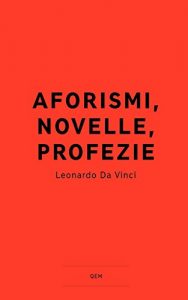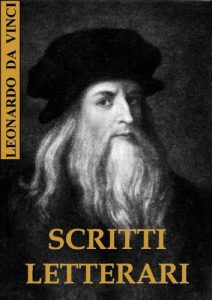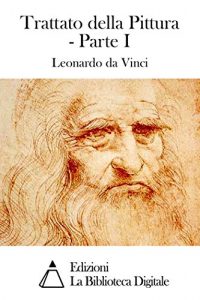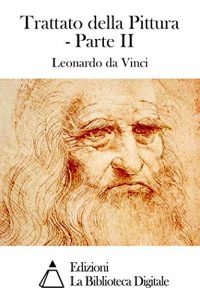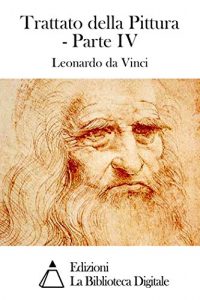Leonardo's writings are mostly in mirror-image cursive. The reason may have been more a practical expediency than for reasons of secrecy as is often suggested. Since Leonardo wrote with his left hand, it is probable that it was easier for him to write from right to left.
His notes and drawings display an enormous range of interests and preoccupations, some as mundane as lists of groceries and people who owed him money and some as intriguing as designs for wings and shoes for walking on water. There are compositions for paintings, studies of details and drapery, studies of faces and emotions, of animals, babies, dissections, plant studies, rock formations, whirl pools, war machines, helicopters and architecture.
These notebooks—originally loose papers of different types and sizes, distributed by friends after his death—have found their way into major collections such as the Royal Library at Windsor Castle, the Louvre, the Biblioteca Nacional de España, the Victoria and Albert Museum, the Biblioteca Ambrosiana in Milan which holds the twelve-volume Codex Atlanticus, and British Library in London which has put a selection from its notebook BL Arundel MS 263 online. The Codex Leicester is the only major scientific work of Leonardo's in private hands. It is owned by Bill Gates, and is displayed once a year in different cities around the world.
Leonardo's notes appear to have been intended for publication because many of the sheets have a form and order that would facilitate this. In many cases a single topic, for example, the heart or the human foetus, is covered in detail in both words and pictures, on a single sheet. Why they were not published within Leonardo's lifetime is unknown.
Includes a biography
His notes and drawings display an enormous range of interests and preoccupations, some as mundane as lists of groceries and people who owed him money and some as intriguing as designs for wings and shoes for walking on water. There are compositions for paintings, studies of details and drapery, studies of faces and emotions, of animals, babies, dissections, plant studies, rock formations, whirl pools, war machines, helicopters and architecture.
These notebooks—originally loose papers of different types and sizes, distributed by friends after his death—have found their way into major collections such as the Royal Library at Windsor Castle, the Louvre, the Biblioteca Nacional de España, the Victoria and Albert Museum, the Biblioteca Ambrosiana in Milan which holds the twelve-volume Codex Atlanticus, and British Library in London which has put a selection from its notebook BL Arundel MS 263 online. The Codex Leicester is the only major scientific work of Leonardo's in private hands. It is owned by Bill Gates, and is displayed once a year in different cities around the world.
Leonardo's notes appear to have been intended for publication because many of the sheets have a form and order that would facilitate this. In many cases a single topic, for example, the heart or the human foetus, is covered in detail in both words and pictures, on a single sheet. Why they were not published within Leonardo's lifetime is unknown.
Includes a biography

